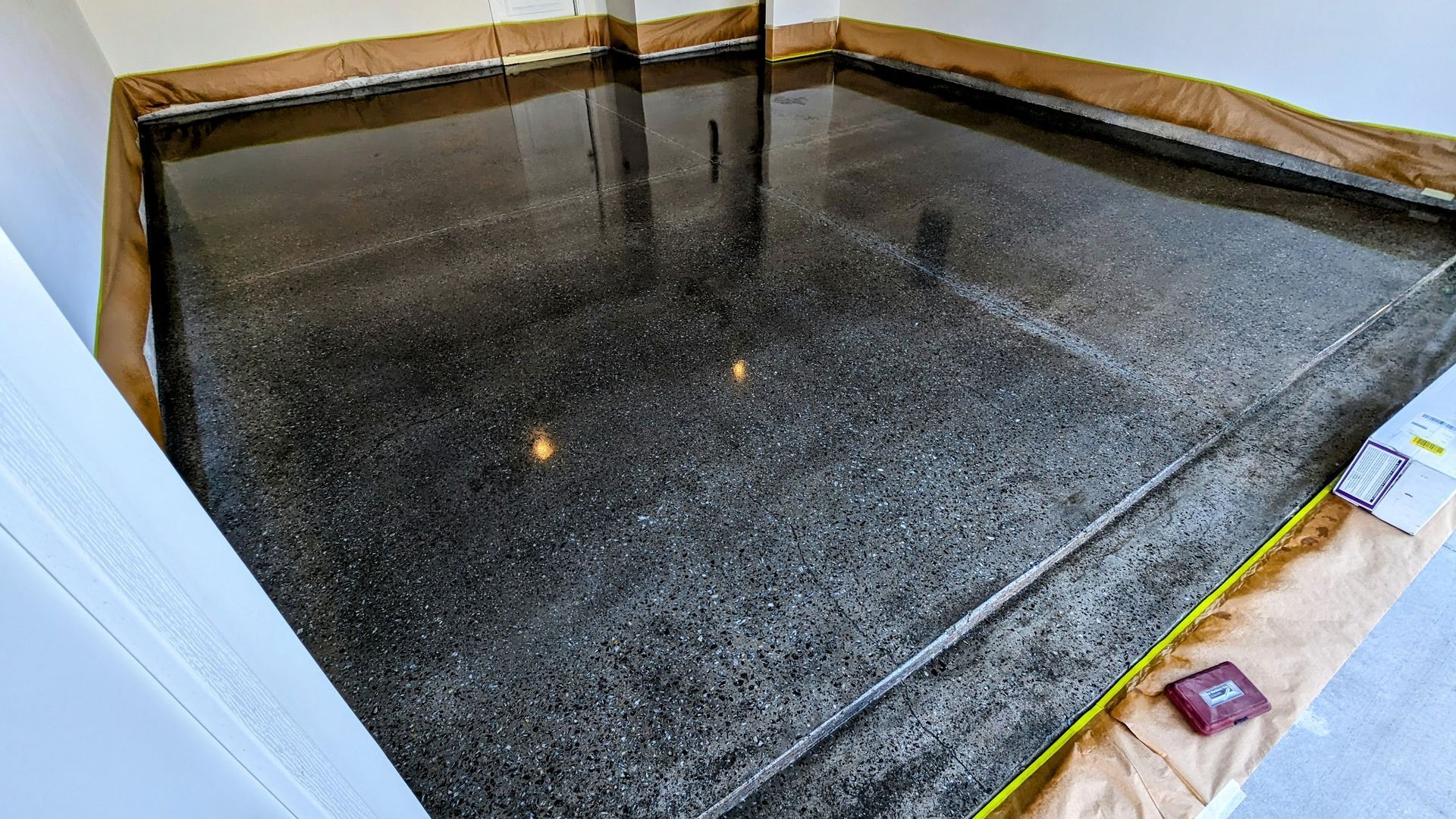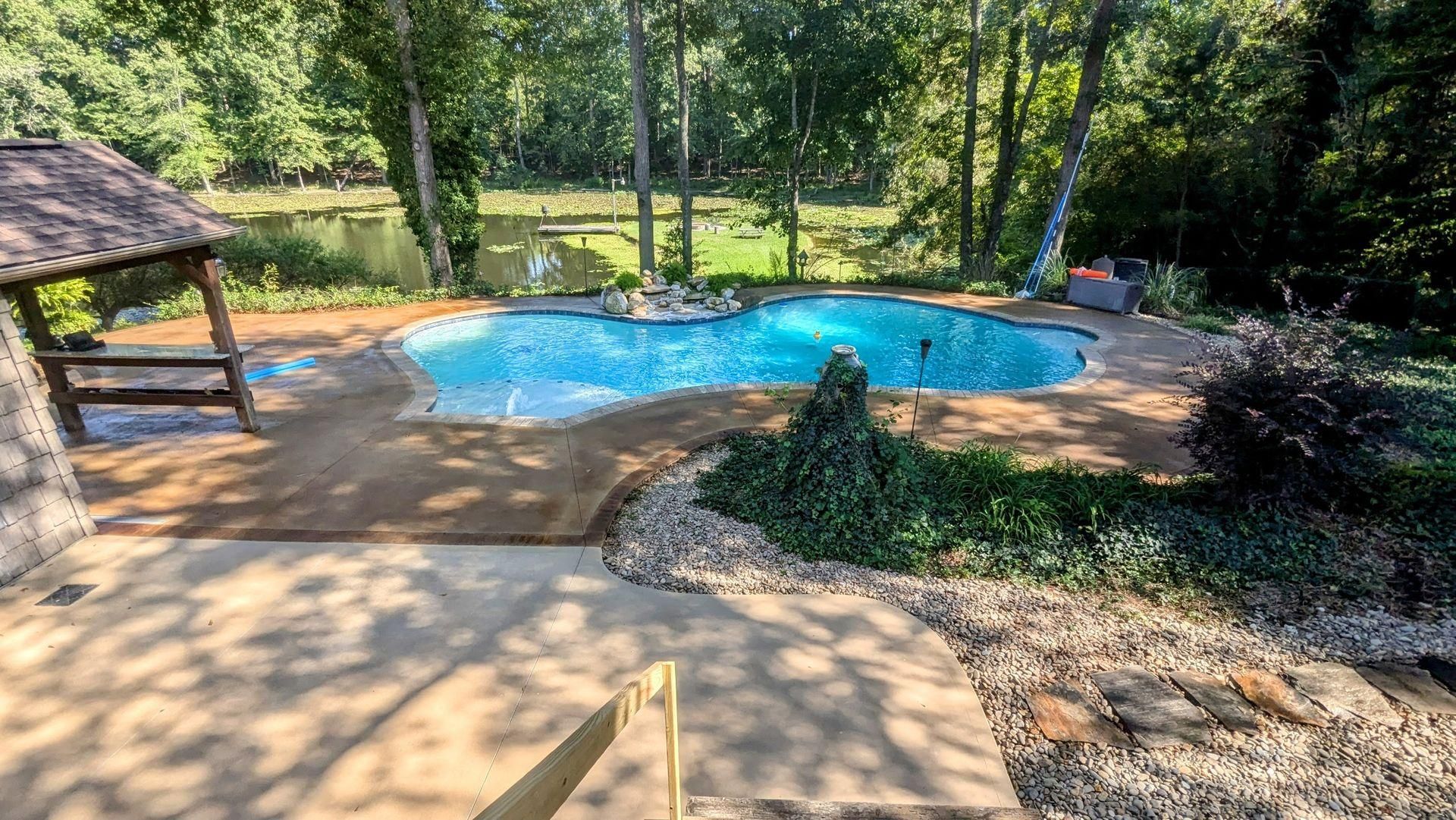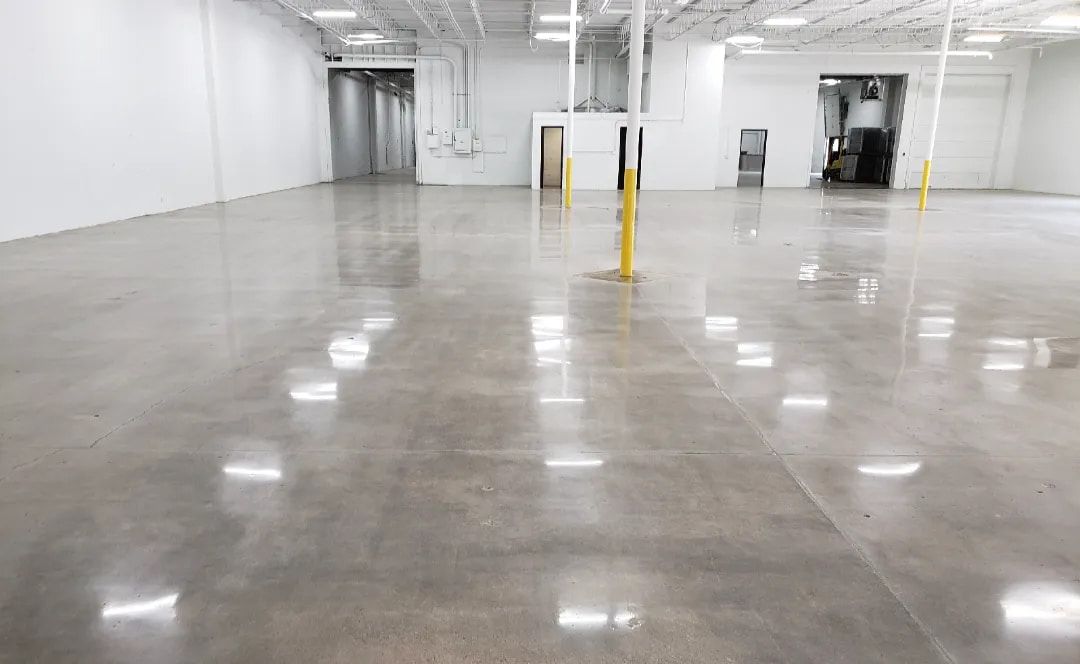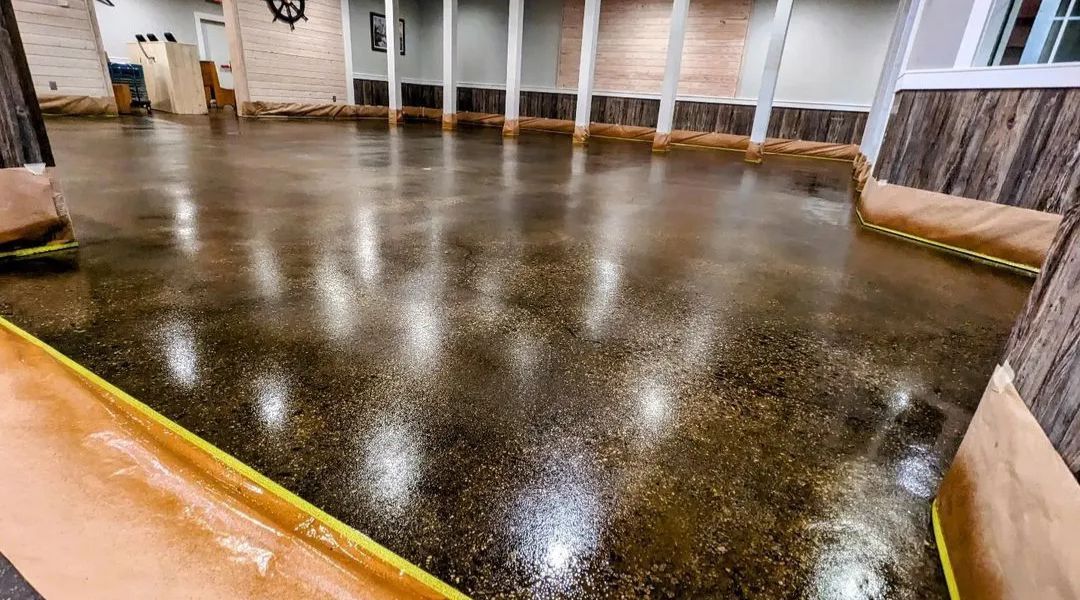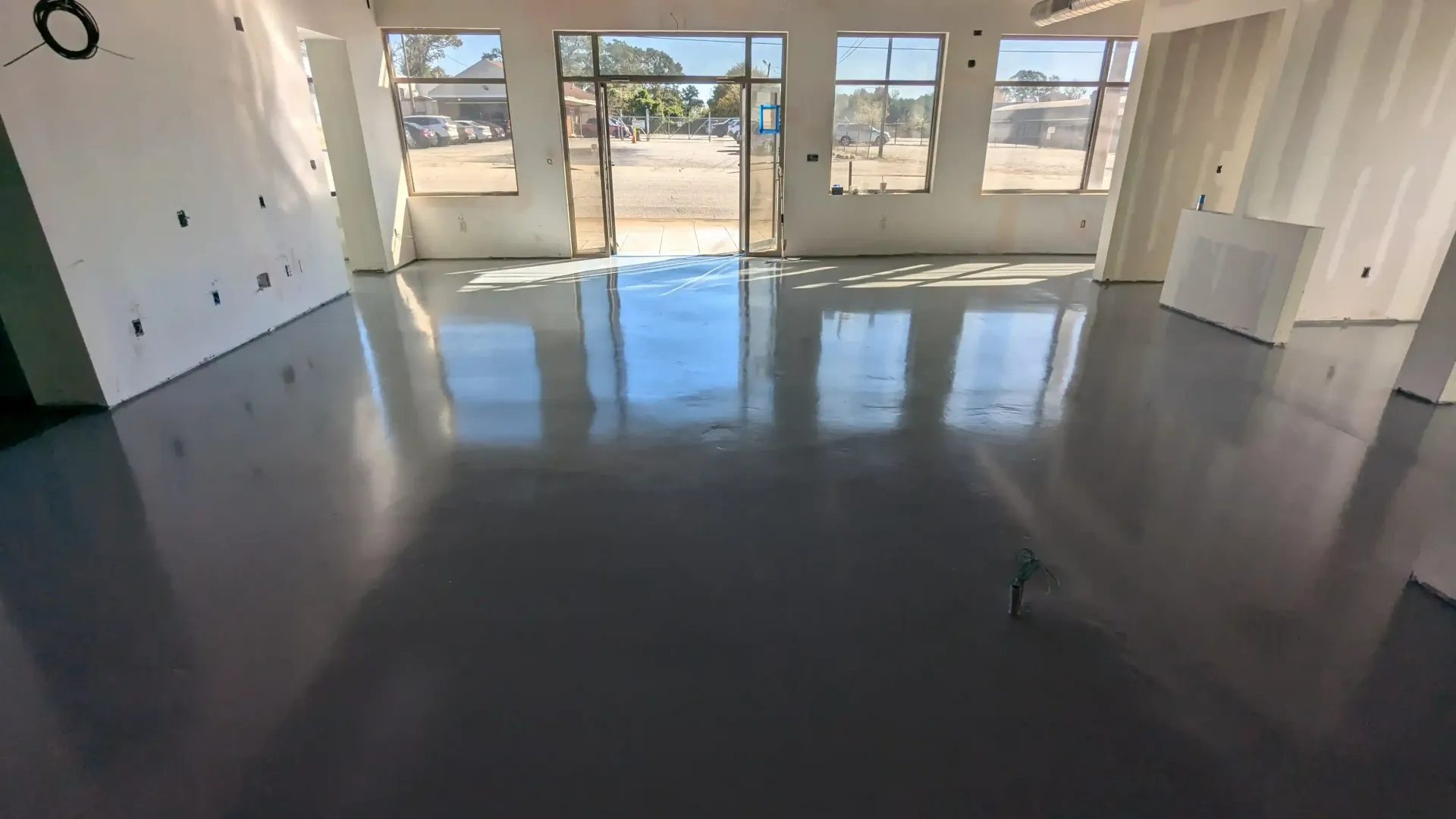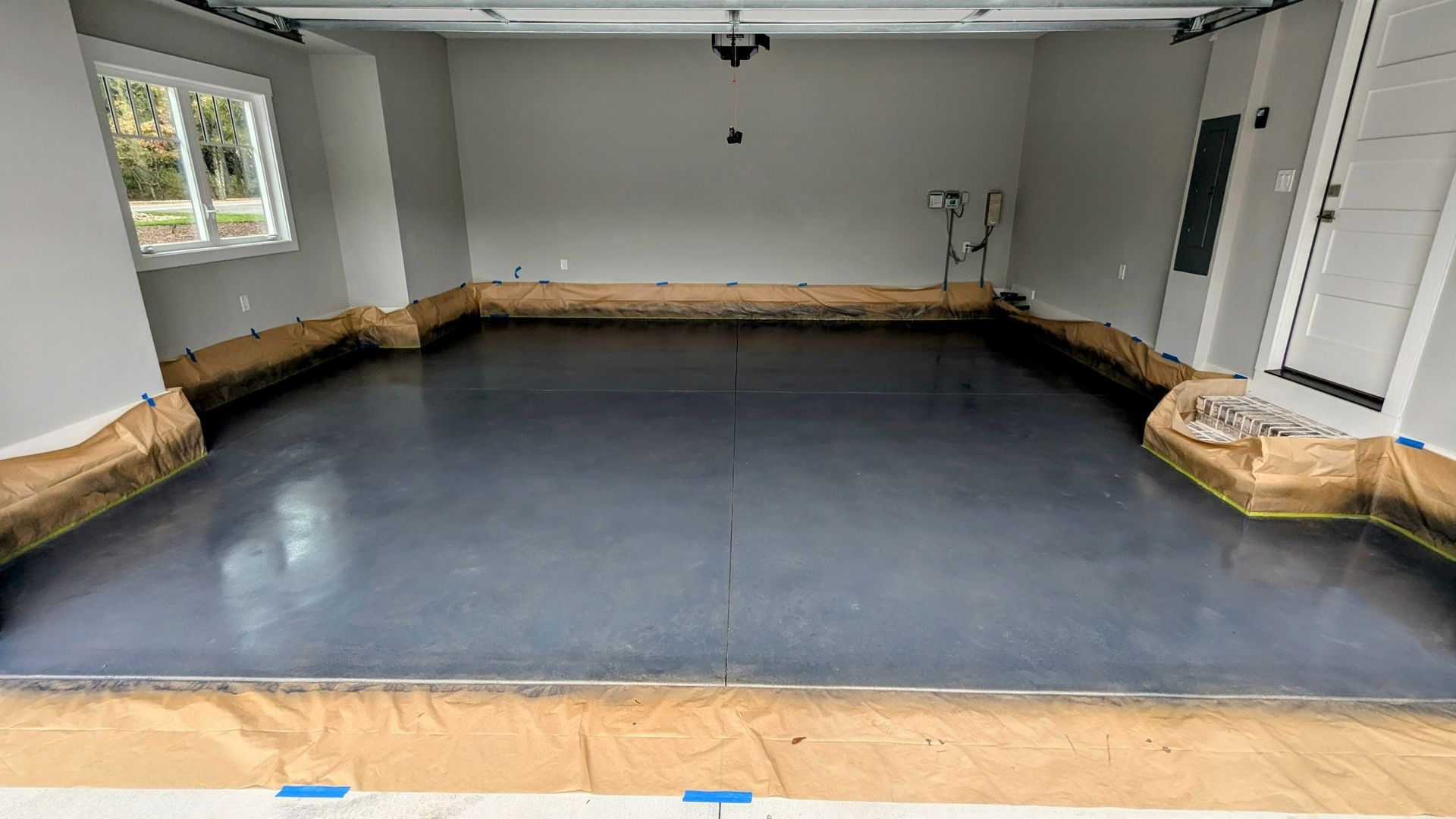Stop Floor Damage with Grinding and Sealing Solutions
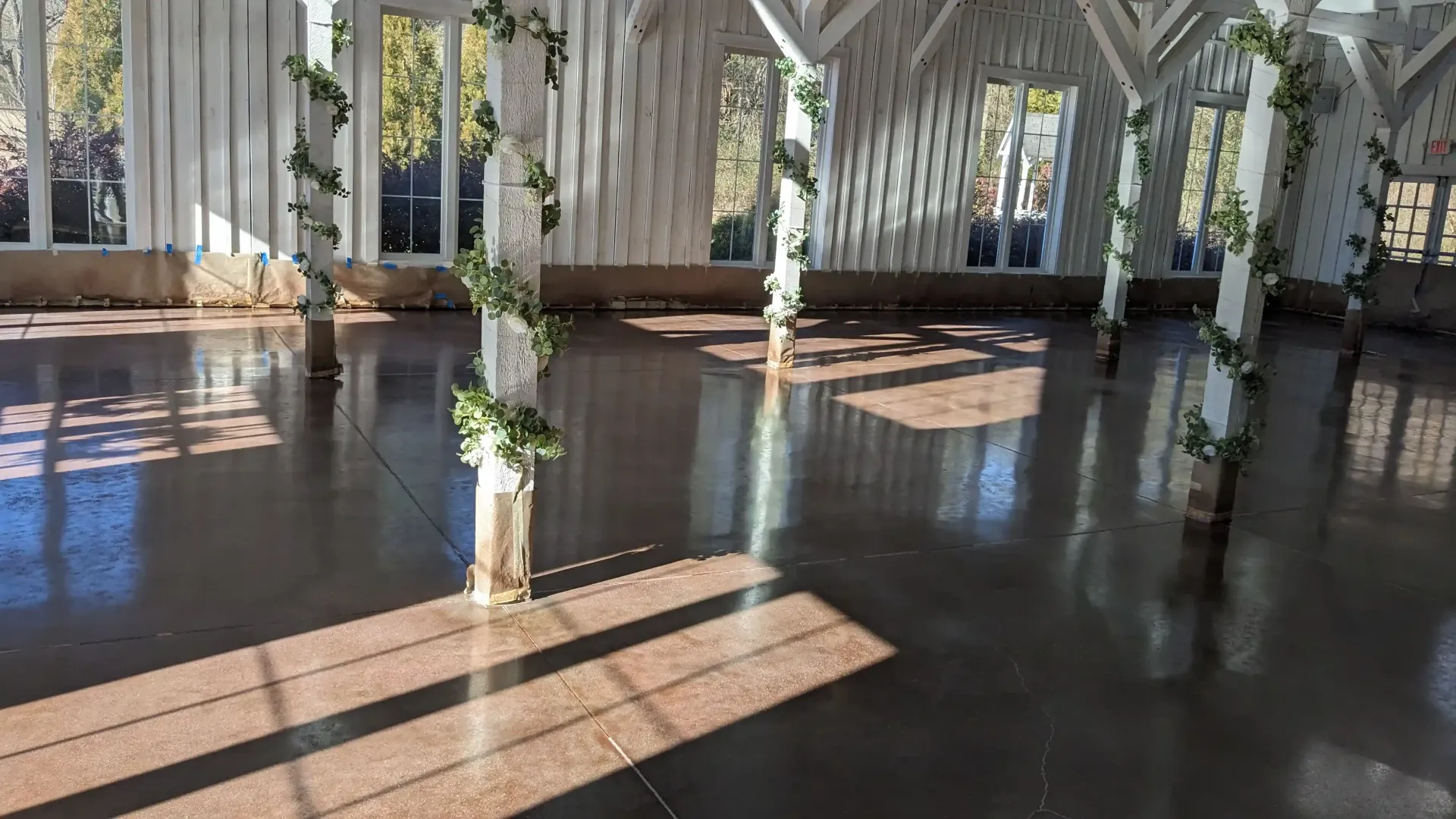
Noticed cracks, stains, or dusty patches on your concrete floors? You’re not imagining it—concrete breaks down fast without protection. According to the American Society of Concrete Contractors, unsealed concrete can start deteriorating in as little as two years due to foot traffic, moisture, and chemical exposure.
You paid for a solid slab, not a surface that wears out like carpet. If you’re sweeping up dust daily or patching chips every season, that floor isn’t holding up the way it should.
This blog is for anyone with a concrete floor that’s starting to look tired—or worse, starting to fall apart. We’ll show you how grinding and sealing solutions can stop the damage, restore your floor’s surface, and protect it for the long haul.
What’s Really Causing the Damage?
Concrete is strong, but the surface is still vulnerable—especially in high-traffic or exposed areas. Here’s what breaks it down:
- Moisture seeps in and causes flaking or cracking
- Foot traffic wears down the surface, leaving dust
- Chemicals and oil stain and weaken the top layer
- UV exposure discolors and dries out the surface
Over time, even a good slab becomes rough, uneven, and damaged. If you’re seeing gray powder on your shoes or your mop turns black, it’s already happening..
The Fix: Grinding and Sealing
Grinding and sealing is a two-part concrete finishing system that restores your floor and locks in durability.
Step 1: Grinding
- Removes the damaged top layer
- Smooths out surface imperfections
- Preps the floor for sealing
This gets rid of stains, surface cracks, and weak spots so you're not just covering up problems—you're removing them.
Step 2: Sealing
- Applies a protective coat
- Blocks water, oil, and dirt
- Enhances the look of the concrete
The sealer acts like a shield. It locks out the stuff that breaks your floor down while keeping the good stuff in—strength, color, and smoothness.
Benefits That Go Beyond Looks
Grinding and sealing doesn’t just improve appearance—it actually extends the life of your floor. Here’s how:
- Stronger Surface – Grinding exposes denser concrete below the damaged surface
- Protection from Stains – Sealing keeps oil, salt, and spills from soaking in
- Lower Maintenance – Dust stays sealed in, making cleaning easier
- Water Resistance – Helps prevent moisture-related cracking or mold
If your floors are in a garage, warehouse, office, or even a basement, this process makes a real difference.
Where It Works Best
Grinding and sealing isn’t just for industrial floors anymore. It’s perfect for:
- Garages – Oil spills and hot tires? Not a problem.
- Basements – No more dust or water spots.
- Commercial spaces – Tough enough for forklifts, easy enough for daily cleaning.
- Retail shops – Clean, professional finish that holds up under heavy traffic.
- Warehouses – Durable enough for heavy loads, easy to maintain.
Wherever the floor’s wearing out, grinding and sealing steps in to stop the damage—and prevent new problems from starting.
Types of Sealers You Can Use
Not all sealers work the same. Here are your best options, depending on how you use the space:
| Sealer Type | Best For | Benefits |
|---|---|---|
| Acrylic Sealer | Homes, basements, light traffic | Easy to apply, enhances color, cost-effective |
| Epoxy Sealer | Garages, commercial shops | Super tough, chemical-resistant, glossy finish |
| Polyurethane Sealer | Warehouses, heavy-use environments | Strongest option, long lifespan, abrasion-resistant |
| Penetrating Sealer | Outdoor concrete or wet areas | Invisible finish, breathable, protects from water/salt |
The right product depends on where your floor is, how much traffic it sees, and how much gloss you want.
How Long Does It Last?
With proper application, grinding and sealing can last:
- 3 to 5 years for acrylic
- 5 to 10 years for epoxy or polyurethane
- Up to 10+ years for penetrating sealers outdoors
And resealing is much easier than replacing floors. You don’t have to rip anything out—just clean, touch up, and reseal when needed.
DIY or Hire a Pro?
Grinding looks easy until you try it. Most homeowners or business owners don’t have access to professional grinders or dust control systems.
Here’s why hiring a pro makes sense:
- No mess – Industrial vacuums keep dust from going everywhere
- Even finish – Machines grind consistently across the surface
- Correct sealer – They’ll use the right product for your space
- Saves time – Done in a day or two, not stretched over a week
A professional will also spot cracks or moisture issues early—before they cause bigger problems.
Warning Signs You Shouldn’t Ignore
If you’re seeing any of these, grinding and sealing is past due:
- Surface is chalky or dusty
- You see chips, flaking, or minor cracks
- Stains won’t come out
- Floor looks uneven or blotchy
- Water doesn’t bead—it soaks right in
Letting these issues sit means bigger repairs (and bigger costs) later..
Conclusion
Concrete floors aren’t maintenance-free. Left alone, they crack, stain, and break down fast. But with grinding and sealing solutions, you can stop floor damage in its tracks and bring the surface back to life.
From garages and basements to warehouses and retail shops, this solution restores your floors and gives them a durable layer of protection that actually lasts.
Don’t wait until you’re replacing slabs—Zachary Daniel Concrete offers expert grinding and sealing that keeps your concrete looking good and holding strong. Reach out to us today for a floor that fights back against damage.
